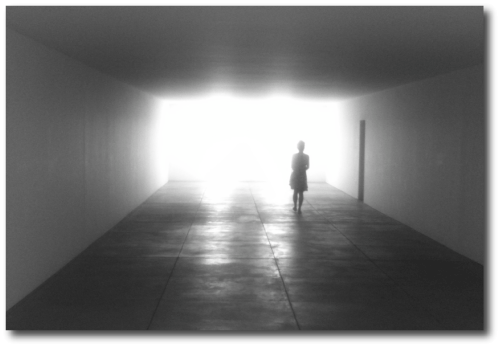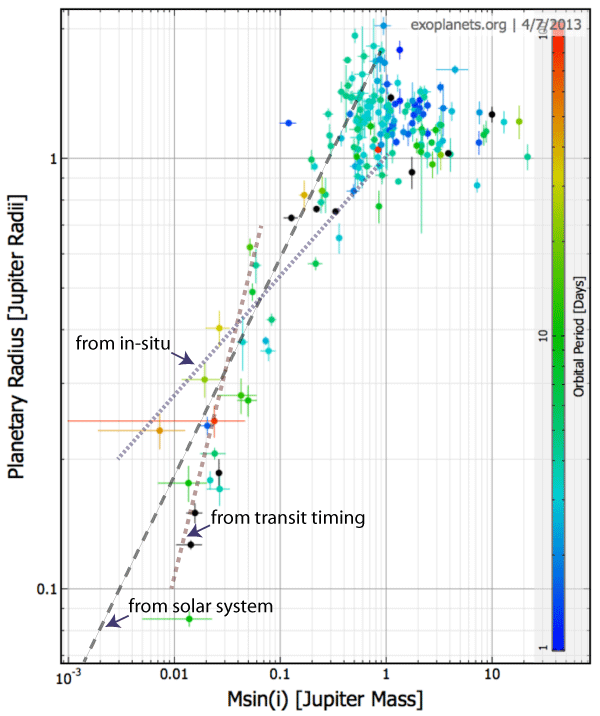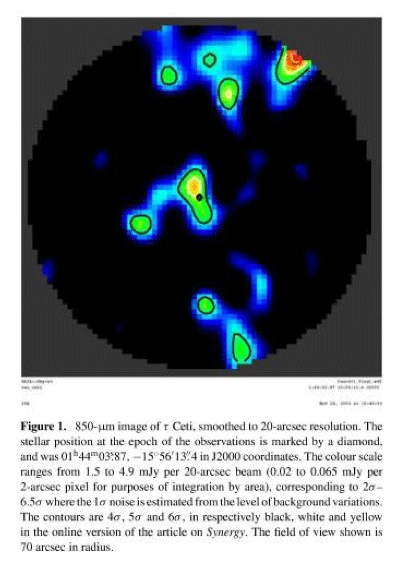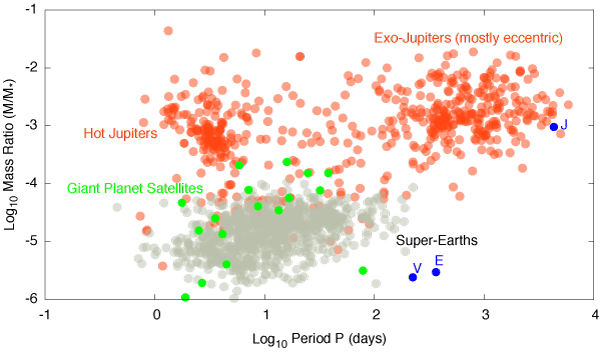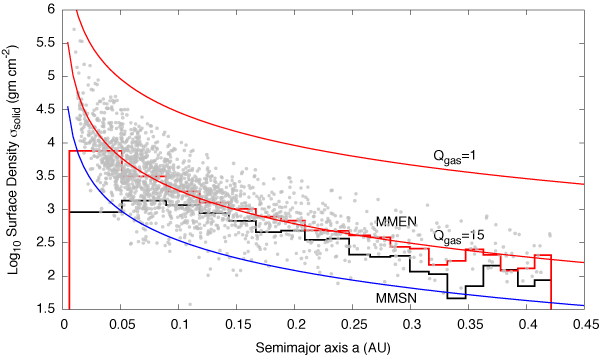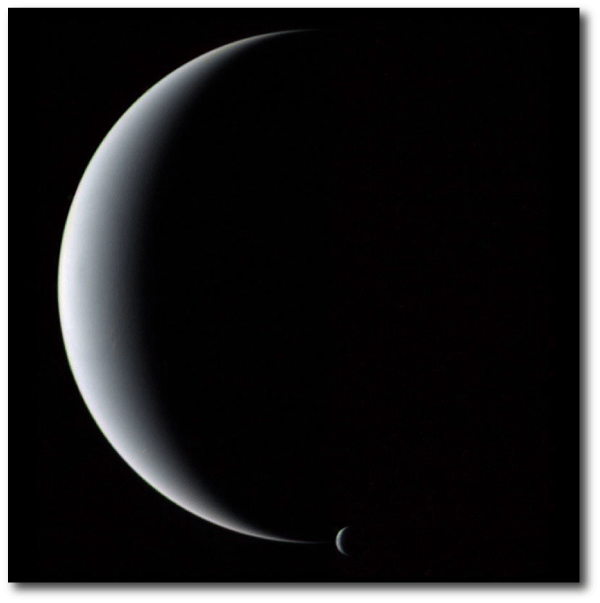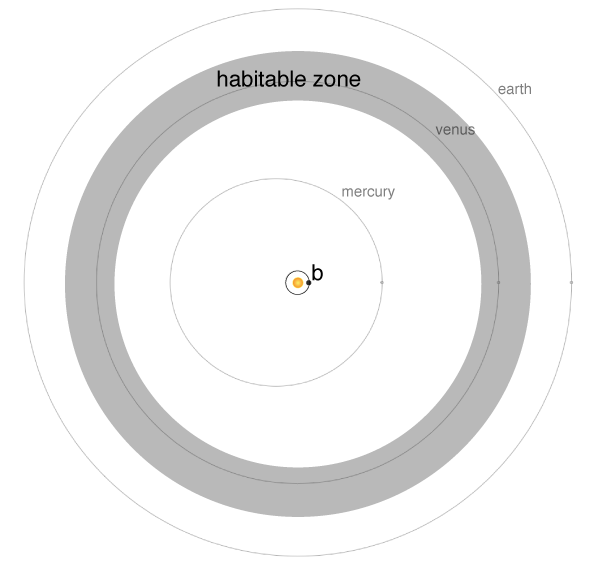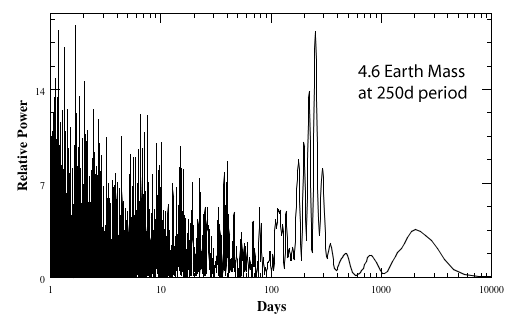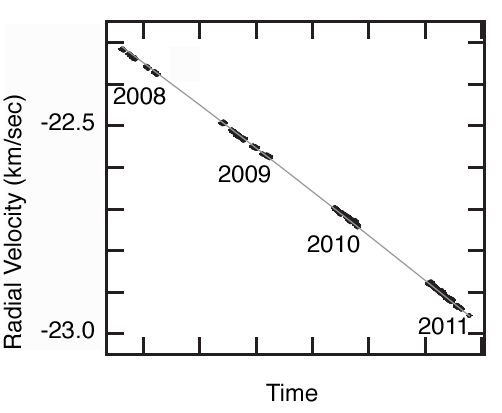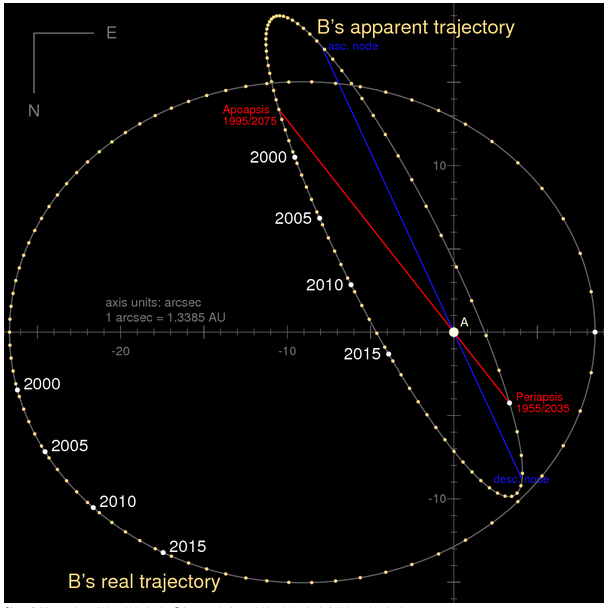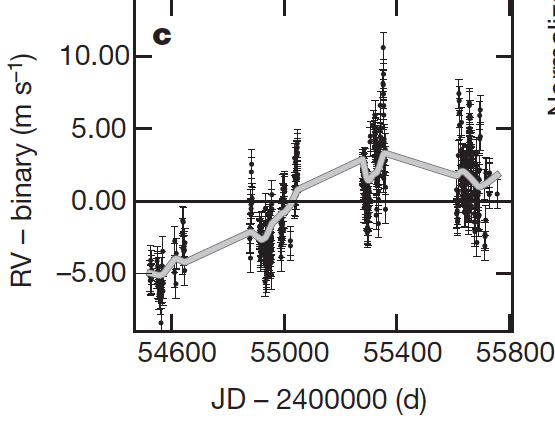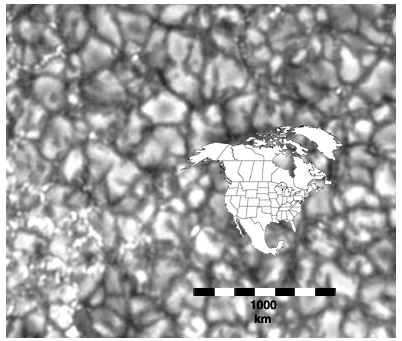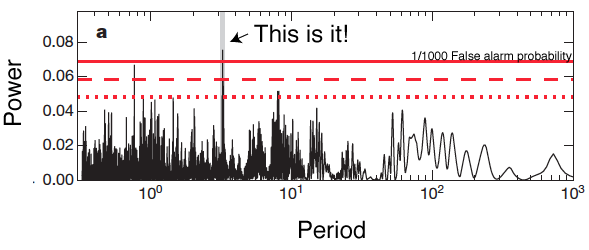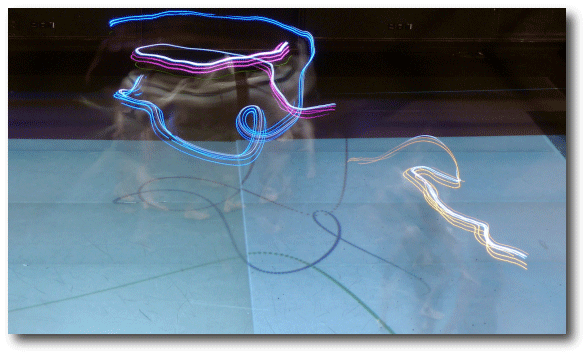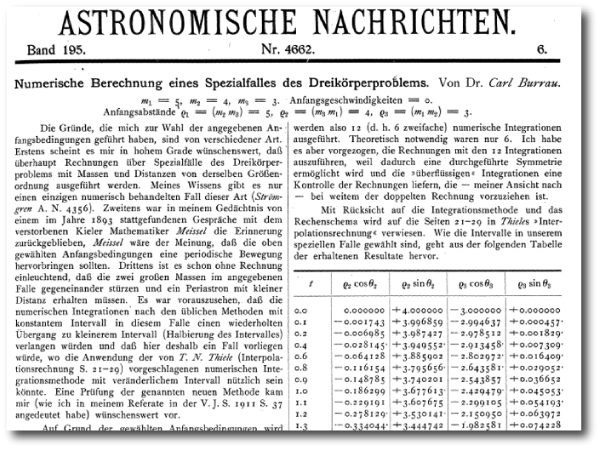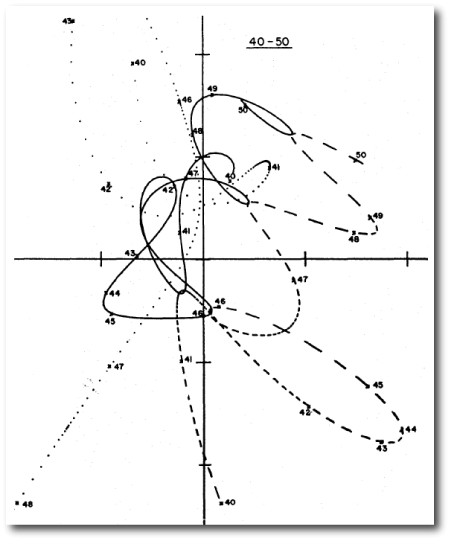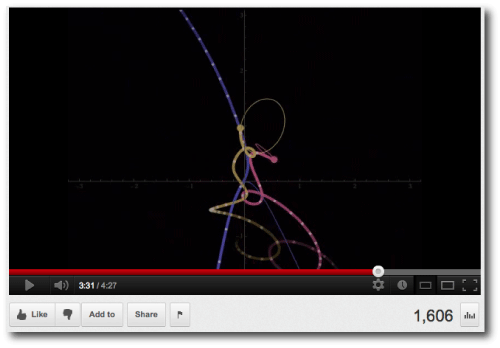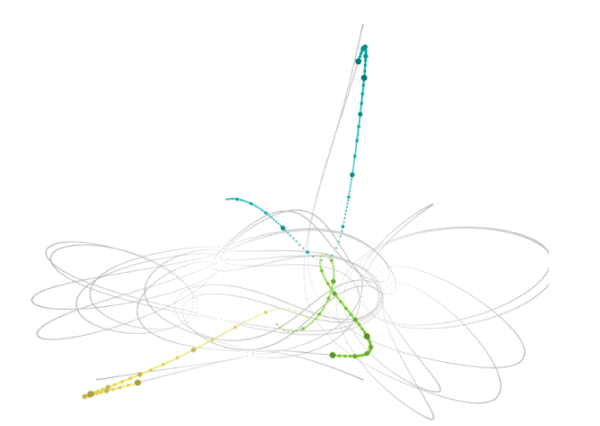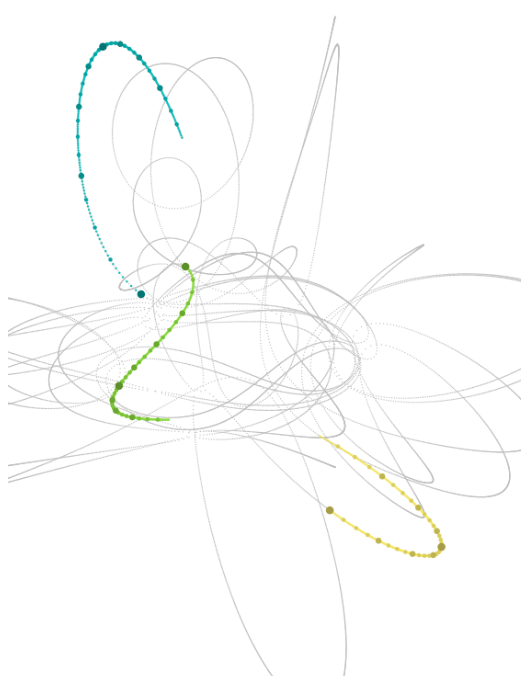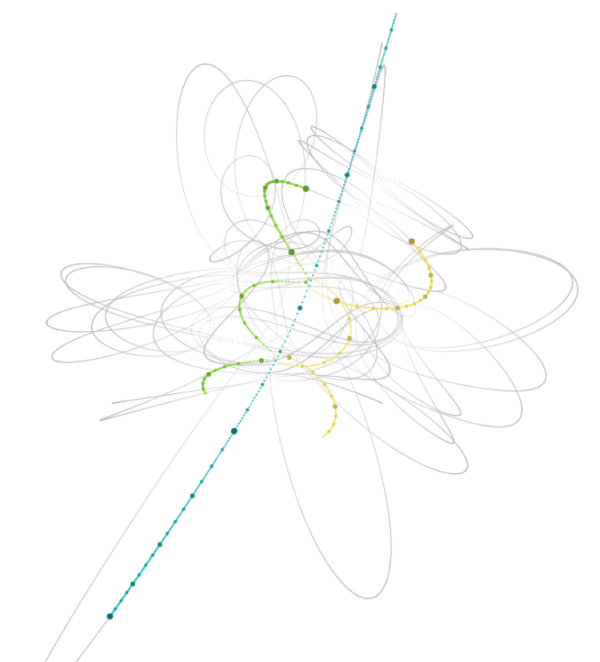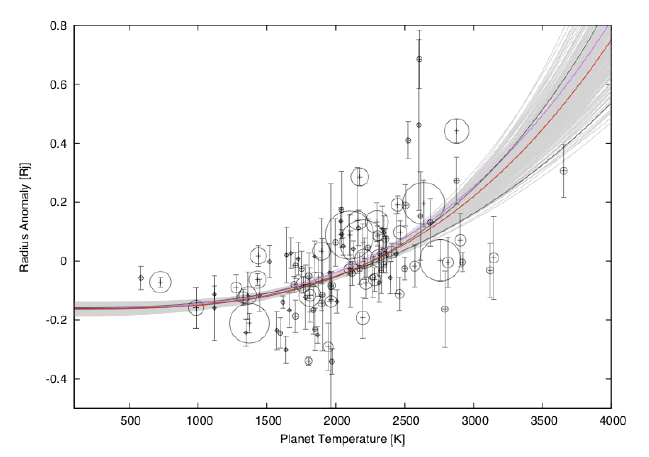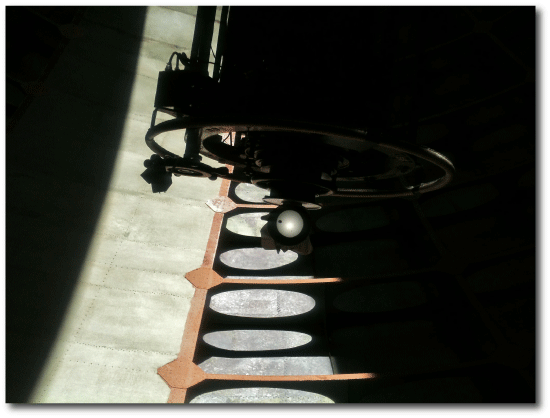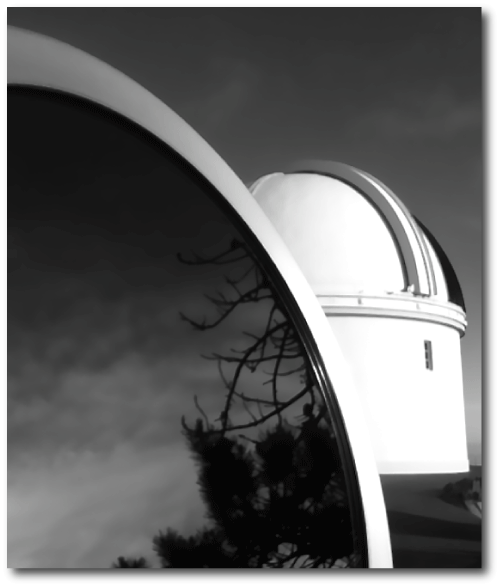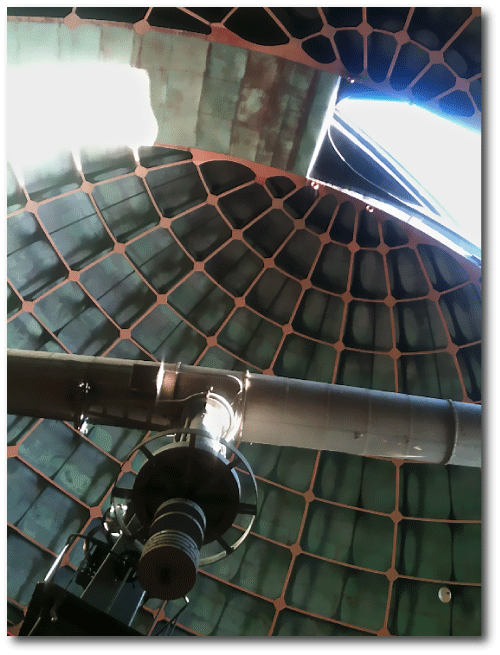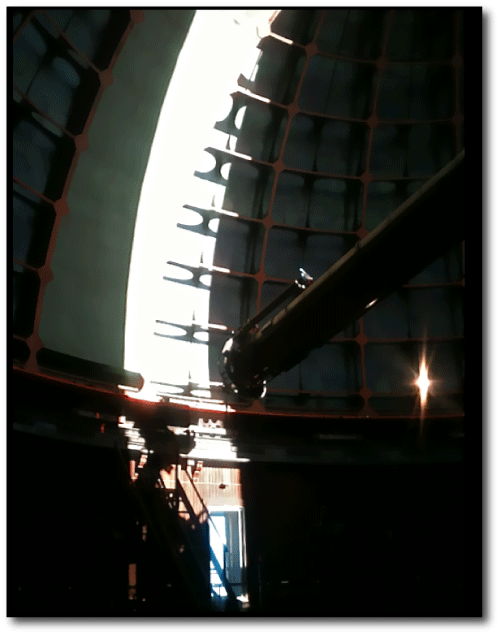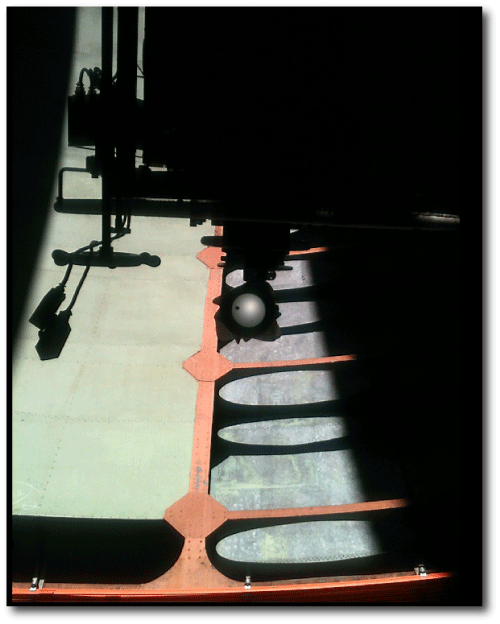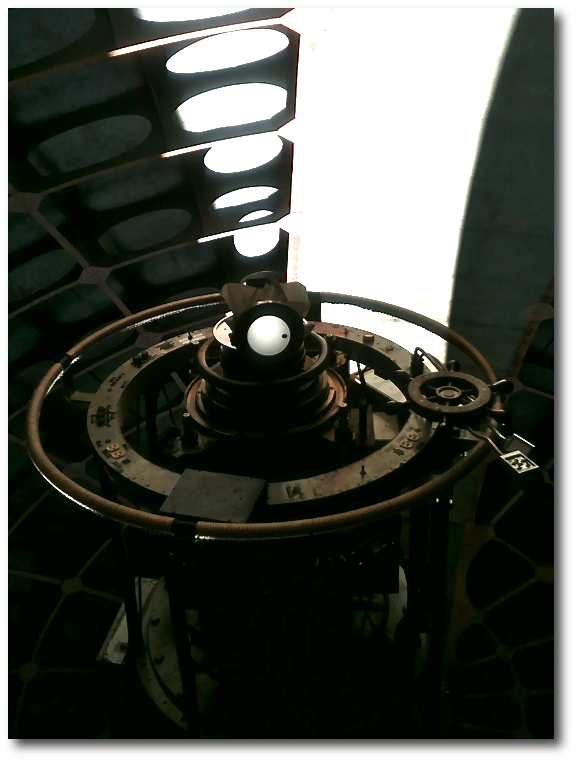More than a decade ago, Fred Adams and I wrote a paper that wallowed into the slow motion disasters that can potentially unfold if another star or stars passes through the solar system.
Here’s the abstract:
Planetary systems that encounter passing stars can experience severe orbital disruption, and the efficiency of this process is enhanced when the impinging systems are binary pairs rather than single stars. Using a Monte Carlo approach to perform more than 200,000 N-body integrations, we examine the ramifications of this scattering process for the long-term prospects of our own Solar System. After statistical processing of the results, we estimate an overall probability of order 2×10^5 that Earth will find its orbit seriously disrupted prior to the emergence of a runaway greenhouse effect driven by the Sun’s increasing luminosity. This estimate includes both direct disruption events and scattering processes that seriously alter the orbits of the jovian planets, which force severe changes upon the Earth’s orbit. Our set of scattering experiments gives a number of other results. For example, there is about 1 chance in 2 million that Earth will be captured into orbit around another star before the onset of a runaway greenhouse effect. In addition, the odds of Neptune doubling its eccentricity are only one part in several hundred. We then examine the consequences of Earth being thrown into deep space. The surface biosphere would rapidly shut down under conditions of zero insolation, but the Earth’s radioactive heat is capable of maintaining life deep underground, and perhaps in hydrothermal vent communities, for some time to come. Although unlikely for Earth, this scenario may be common throughout the universe, since many environments where liquid water could exist (e.g., Europa and Callisto) must derive their energy from internal (rather than external) heating.
As one might expect, our scholarly efforts generated only a middling interest from the astronomical community, which soon faded and froze altogether. Science writers, on the other hand sometimes run across the article and write with questions.
I am doing a piece on rogue planets and the scenario that earth might become a rogue planet. I have found some stuff on this on the web and learned that you have done some research on rogue planets.
1. Why do you think rogue planets are so interesting?
From an aesthetic standpoint, there’s something compelling about a world drifting cold and alone through the galaxy, or even through intergalactic space. From a more practical standpoint, if rogue planets are common (as it appears may possibly be the case from the micro-lensing results) it is possible that the nearest extrasolar planet is not orbiting a nearby star, but is rather travelling through the Sun’s immediate galactic neighborhood, say within a few light years of the solar system.
2. Could earth become a rogue planet, and is there any guess, how probable this is? Let’s assume it would happen, what would most probably be the reason for that?
Earth could become a rogue planet if the solar system suffers a close approach by another star (or binary star). If another star passes within ~1 Earth-Sun distance from the Earth, then there is a good chance that the Earth would wind up being ejected into interstellar space. Fortunately, close encounters between stars are extremely rare. There is about a 1/100,000 chance that Earth will suffer this fate during the next five billion years. Those are very low odds, so in the grand scheme of things, we are in an extremely safe position. If we scale the galaxy down by a factor of ~10 trillion, then individual stars are like grains of sand separated by kilometers of empty space, and moving a meter or so per year. It’s clear that in such a system, a sand grain will drift for quite a long time before it comes close to another sand grain.
3. Could you speculate on how a human being on earth would experience the process of earth being kicked out of the solar system?
There would be plenty of warning. With our current capabilities for astronomical observation, the interloping star would be observed tens of thousands of years in advance, and Earth’s dynamical fate would be quite precisely known centuries in advance. The most dramatic sequence of events would unfold over a period of about two or three years. Let’s assume that the incoming star is a red dwarf, which is the most common type of star. Over a period of months the interloping star would gradually become brighter and brighter, until it was bright enough to provide excellent near-daytime illumination with an orange cast whenever it is up the sky by itself. It’s likely that the size of its disk on the sky would become — for a few weeks — larger than the size of the full moon, and vastly brighter. Like the Sun, it would be too bright to look at directly. After several more months, one would start to notice that the seasons were failing to unfold normally. Both the Sun and the Red Dwarf would gradually draw unambiguously smaller and fainter in the sky. After a year, the warmth of the sun on one’s face would be gone, and it would be growing colder by the day… Over a period of several more years, the Sun would gradually appear more and more like a brilliant star rather a life-giving orb. A winter, dark like the Antarctic winter, but without end, and with ever-colder conditions would grip the entire Earth.
4. What do you expect, how long humans could survive such an incident?
The Earth could not support its current population, but with proper planning, a viable population could survive indefinitely using geothermal and nuclear power. We would literally have a thousand years or more to get ready. Certainly, there are much worse things that could happen to humanity.
5. Would any life on earth survive?
Earth would effectively become a large space-ship, and with proper planning, a controlled biosphere (like in a large space colony) could be maintained. Were there no intelligent direction of events, and the Earth was simply left to its own devices, then surface life would freeze away, but the deep biosphere (the oil field bacteria, the deep sea vents, and other other biomes not directly dependent on solar energy) would persist for millions, if not tens of millions of years.
6. What do you think are chances that we will find an earthlike rogue planet?
This depends on what one means by “earthlike”. If one means a planet with Earth’s mass, at very large distance, say thousands of light years, the chances are very good that we will get micro-lensing detections within a decade or so. The data returned, however, will consist only of the likely masses of the planets. Nothing else.
I would estimate that the chances of finding a rogue Earth-mass planet within a potentially reachable distance, say within a light year, are about 10%. The chances, however, that this planet will have an interesting frozen-out surface environment that would please a Hollywood screenwriter are effectively zero. Most rogue planets get ejected from their systems very early in their parent star’s history, long before really interesting things have had a chance to happen from an astrobiological perspective.


